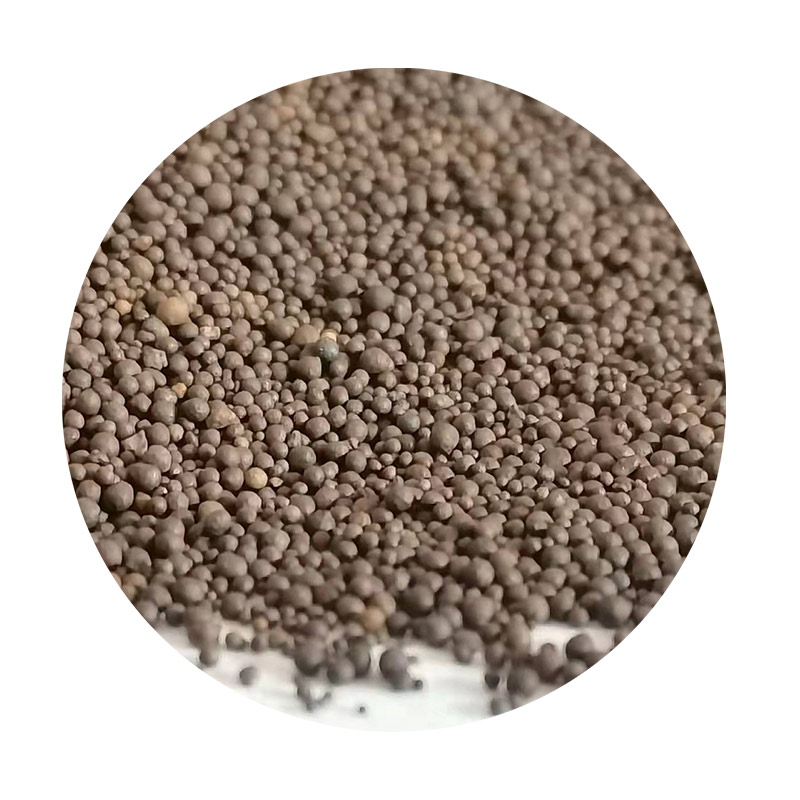The Price Trends of Ceramic Sand An Overview
Ceramic sand, a specialized material used in various industrial applications such as foundries, oil and gas industries, and resin-coated sand systems, has gained considerable attention in recent years. Its unique properties, including high thermal stability, chemical resistance, and low thermal expansion, make it an ideal choice for professionals across multiple sectors. However, one of the most significant concerns for manufacturers and consumers alike is the fluctuating price of ceramic sand. This article delves into the factors influencing the price of ceramic sand, recent trends, and what to expect in the future.
Understanding Ceramic Sand
Ceramic sand is primarily composed of high-quality raw materials such as kaolin clay, feldspar, and silica. This combination results in a granular product that exhibits superior performance in high-temperature environments, making it perfect for applications like metal casting, oil well fracturing, and other high-temp industrial processes. Given its vital role in these industries, understanding its price trends is crucial for decision-making among engineers and procurement specialists.
Factors Influencing the Price of Ceramic Sand
1. Raw Material Costs The white kaolin clay and other materials needed to produce ceramic sand form a significant portion of the overall production costs. Any increase in the extraction, processing, or transportation costs of these raw materials will inevitably affect the price of ceramic sand.
2. Global Supply Chain Issues With the ongoing global challenges, including disruptions caused by the COVID-19 pandemic, shipping delays, and geopolitical tensions, the supply chain for ceramic sand has been affected. Such issues can create shortages, driving up prices as supply diminishes while demand remains consistent.
3. Market Demand The demand for ceramic sand has been on the rise, particularly in the energy sector due to the growing need for hydraulic fracturing in oil and gas extraction. Similarly, the automotive and aerospace industries are increasingly utilizing ceramic sand in various applications. This increased demand pressure contributes to higher prices.
4. Technological Advances As technology improves, new processes for producing ceramic sand can emerge, which may either increase or decrease costs. Innovations that streamline production or find alternative raw materials can help stabilize or reduce prices.
ceramic sand price

5. Seasonal and Regional Variations Prices can also fluctuate based on regional availability and seasonal demands. For example, in areas where oil drilling is seasonal, prices may rise sharply during peak drilling seasons due to increased demand.
Recent Price Trends
In recent years, the price of ceramic sand has shown considerable volatility. Reports indicate that prices increased significantly during 2021 and 2022 as industries recovered from the pandemic and reinvigorated their operations. Manufacturers had to cope with rising raw material costs and supply chain disruptions, which were passed down to consumers in the form of higher prices.
However, recent market analyses suggest that the price may stabilize in the coming months as supply chains adjust and production ramps up to meet growing demands. Additionally, technological advancements and more efficient production techniques are expected to influence market dynamics positively.
Future Outlook
Looking forward, the price of ceramic sand will likely remain sensitive to fluctuations in raw material costs and global market conditions. However, the long-term outlook appears cautiously optimistic. If industries can adapt to the current economic environment, invest in new technologies, and improve supply chain resilience, the price may stabilize or even reduce in the near future.
Furthermore, as sustainability becomes a focal point in many industries, there is potential for the development of eco-friendly alternatives to traditional ceramic sand. Should such materials gain acceptance, they could influence market prices significantly.
Conclusion
The price of ceramic sand is influenced by a range of factors, from raw material costs to global supply chain complexities. As industrial demands continue to evolve, staying informed about these pricing trends will be crucial for stakeholders in industries reliant on ceramic sand. Understanding the market dynamics will empower businesses to make informed decisions and strategically navigate the challenges posed by fluctuating prices.
Post time:Ноя . 26, 2024 22:27
Next:Understanding the Benefits and Applications of Resin Sand in Modern Casting Techniques
